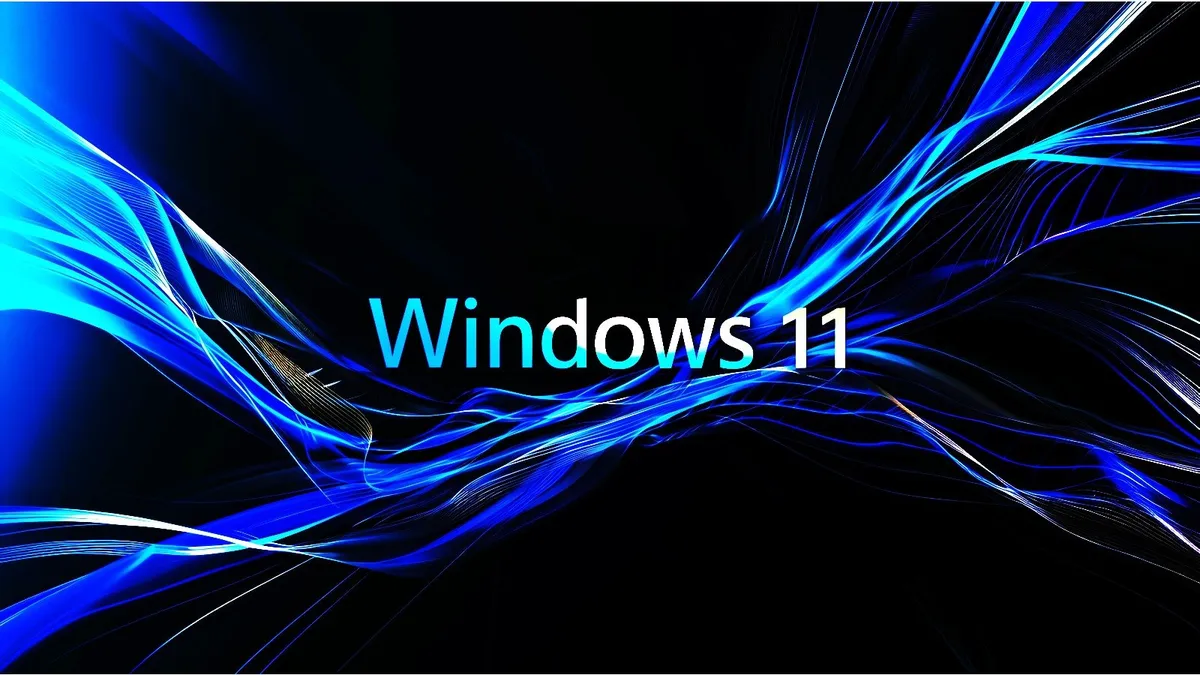
Microsoft has recently unveiled the KB5062660 preview cumulative update for Windows 11 24H2, introducing an impressive array of twenty-nine new features and changes. Notable additions include the highly anticipated Black Screen of Death and the Quick Machine Recovery tool. The KB5062660 update is part of Microsoft's optional, non-security preview updates, which are released at the end of each month to allow users to test upcoming fixes and features ahead of the following month’s Patch Tuesday.
Unlike the regular Patch Tuesday cumulative updates, these monthly non-security previews do not include security updates and are entirely optional. To install the KB5062660 update, users can navigate to Settings, click on Windows Update, and then select Check for Updates. Since this update is optional, users will be prompted to confirm the installation by clicking the Download and install link unless the Get the latest updates as soon as they’re available option is enabled, which automatically installs updates. Alternatively, users can also manually download and install the KB5062660 preview update from the Microsoft Update Catalog.
Upon installation, this cumulative release will upgrade systems running Windows 11 24H2 to build 26100.4770. The July 2025 preview update features numerous enhancements, particularly under the Windows Resiliency Initiative. This initiative aims to bolster the stability, self-healing capabilities, and recovery speed of Windows systems. Users can enable the Quick Machine Recovery feature by navigating to Settings > System > Recovery > Quick Machine Recovery settings.
A significant addition in the KB5062660 update is the Recall feature, which is now available in the European Economic Area (EEA). For more information on this feature, users can refer to Retrace your steps with Recall. The Recall feature supports exporting snapshots to share with trusted third-party applications and websites. When users activate snapshot saving for the first time, a unique Recall export code is generated, which is crucial for decrypting exported snapshots, shown only once during setup. To export snapshots, navigate to Settings > Privacy & Security > Recall & Snapshots > Advanced Settings and authenticate using Windows Hello.
Moreover, users globally can now reset Recall and delete all associated data by accessing a new advanced settings page in Settings > Privacy & Security > Recall & Snapshots. This page features a reset button that clears all snapshots and restores Recall to its default settings.
New features aimed at enhancing educational experiences include Practice in Reading Coach, which assists users in improving reading fluency and pronunciation. By selecting text and choosing Practice in Reading Coach, users can receive feedback on their reading skills. To utilize this feature, download the free Microsoft Reading Coach app from the Microsoft Store.
Another educational tool, Read with Immersive Reader, offers a distraction-free reading environment to support users of all skill levels. This feature allows for customization of text size, spacing, font, and background themes, while also providing options for text-to-speech and parts of speech highlighting.
The Draft with Copilot in Word feature enables users to seamlessly convert any recognized text into a draft. This feature requires a Microsoft 365 Copilot subscription. Additionally, Click to Do on Copilot+ PCs now supports actions through Microsoft Teams, simplifying communication without disrupting workflow.
A new agent in the Settings app enhances the user experience by addressing common frustrations related to finding and modifying settings. Users can describe their issues, and the AI-powered agent will suggest resolutions and automate tasks if permitted. Currently, this feature is rolling out to Snapdragon-powered Copilot+ PCs, with support for other systems expected soon.
Moreover, the Settings app now features a centralized Search box for improved navigation and consistency. Various fixes have also been implemented, addressing issues such as unresponsive settings when the lid is closed and problems with saving Wi-Fi network credentials.
Under the Windows Resiliency Initiative, the KB5062660 update includes the newly introduced Quick Machine Recovery, which automatically detects and resolves widespread issues using the Windows Recovery Environment (WinRE). This feature minimizes downtime by avoiding manual fixes. IT administrators can customize this experience for their organizations through the Intune Settings Catalog UI.
Enhancements to the Start menu include a new Boolean option for admins to apply Start menu pins, allowing users to modify their pinned layout while safeguarding admin-set pins. Similarly, improvements to the Snap feature make it easier to learn and use, providing inline messages and helpful tips when users interact with the Snap Bar.
Finding Windows Search settings has been streamlined, consolidating multiple pages into one modern layout under Settings > Privacy & security > Search. The touch keyboard for gaming now includes a new Gamepad layout that enhances navigation and focus handling.
In the File Explorer, several fixes have been applied to improve performance and rectify issues with displaying folder lists and operation progress dialogs. Additionally, notification-related bugs have been addressed, ensuring that selecting a notification brings the appropriate app to the foreground.
Overall, the KB5062660 update represents a significant step forward in enhancing the functionality and user experience of Windows 11, with a focus on stability, productivity, and improved user engagement.